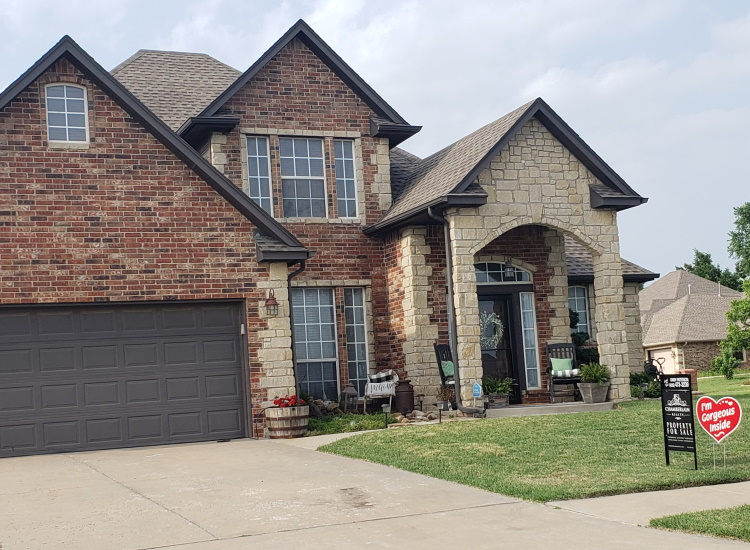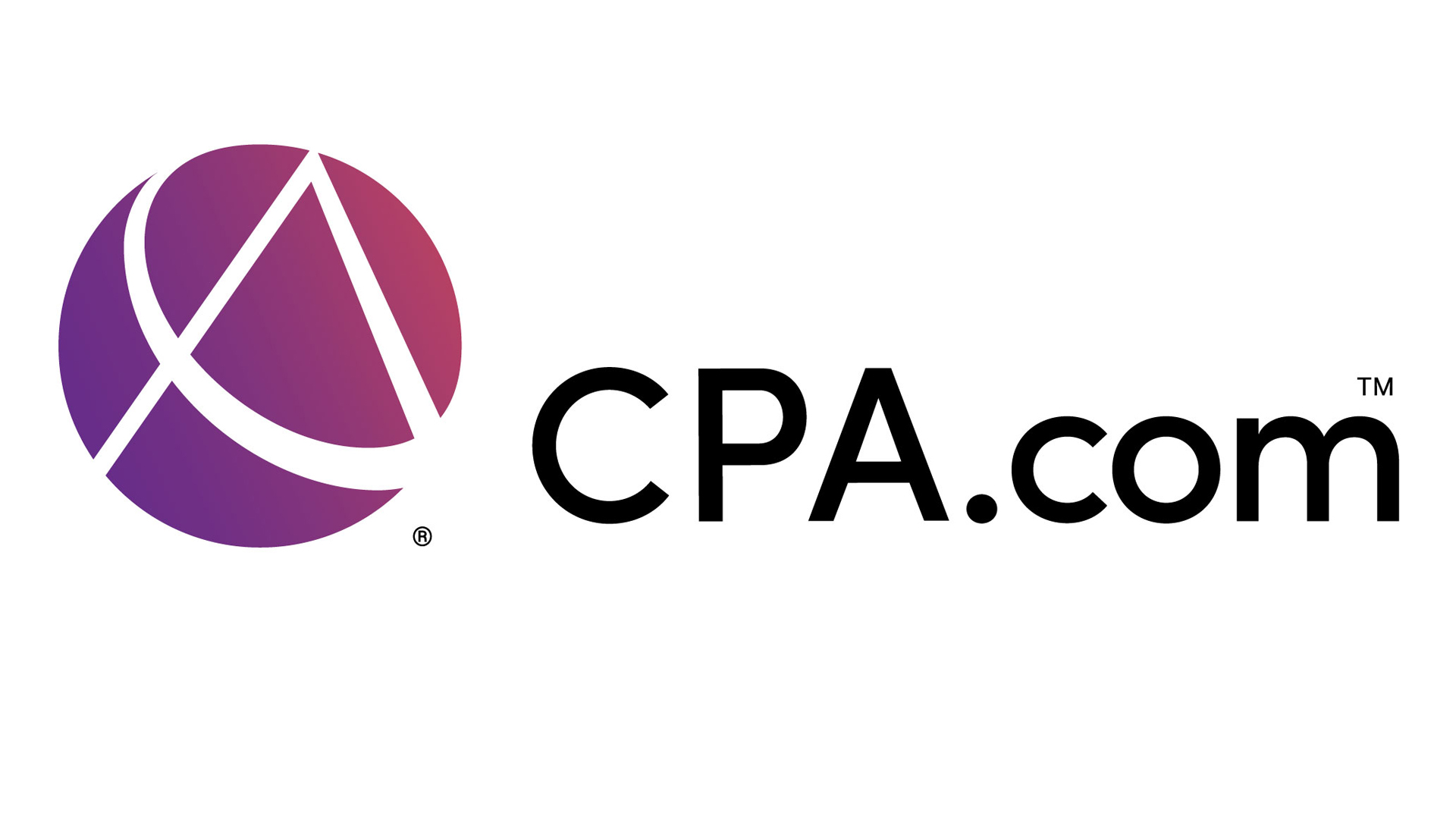As Baby Boomers continue to age, the long-term care industry continues to garner much attention from both service providers and investors alike. The industry continues to grow and with that growth comes continued demand for solid accounting systems and knowledgeable professionals. If you plan to enter this niche in the marketplace there are definitely some things you will want to brush up on before soliciting clients.
In long-term care, we think of services and providers such as home health care, hospice care, nursing facilities and assisted living facilities. Each of these has a role in the long-term care spectrum. But as a whole they share many similarities.
Probably the most important factor to know going into a proposal or engagement is the provider’s regulatory reporting responsibilities. This will vary from state to state depending on the program and their enrollment with the state’s Medicaid system. Federally, if the provider is enrolled in the Medicare program and Medicare is a payor source, they will need to file a Medicare cost report. This report is due 5 months after year-end, cannot be extended, and will result is 100% funds withholding if it is not filed on time. The Medicare cost report is a great source to review when setting up your chart of accounts and general ledger. It will show the exact cost centers for that type of provider and serves as a great guide that will then allow things to flow smoothly at year-end into the Medicare cost report.
Many states will also require some kind of cost reporting or annual certification if the provider participates in the state’s Medicaid program. You will want to check with that particular state to see what the requirements are. You will also need to understand what exact program the provider is participating in. For example, here in Texas we have Texas Medicaid home health skilled services. For straight Medicaid home health skilled services there is no reporting requirement. But, if the provider is enrolled in one of the many community based programs, also known as waiver programs, there is a completely separate cost reporting requirement. Waiver programs typically serve the low-income population and provide unskilled services such as bathing, dressing and daily activities. If a provider is strictly private pay – paid directly by patients or their families, then they would not have any reporting requirements to government agencies.
Each provider type will have unique cost centers, but in general, will have the same expense line items for each of their specific cost centers. Examples of cost centers are: skilled nursing, physical therapy, occupational therapy, spiritual counseling, home health aides, dietary, medical supplies, housekeeping, etc. The expense line items will be salaries & wages, taxes & benefits, mileage, and contract labor for each cost center. Some providers will have additional expense line items, such as, medical supplies, OTC drugs, X-Rays, housekeeping supplies, raw food purchase, etc. for those specific cost centers.
Being that labor is this biggest cost for these providers, you will want to setup the company’s payroll reporting so that it integrates with the accounting records effortlessly. Consider creating a payroll department for each cost center, this will ease the reporting each month. There is no need to have to do any manual work to get the numbers where you need them on the financial statements.
Visually, here is what this looks like:
Skilled Nursing:
- Salaries & Wages
- Taxes & Benefits
- Mileage
- Contract Labor
- Other Direct Costs
Physical Therapy:
- Salaries & Wages
- Taxes & Benefits
- Mileage
- Contract Labor
- Other Direct Costs
It is also important to report the Cost of Services in this manner so that the cost per visit or cost per day can easily be calculated by these various cost centers, also referred to as disciplines. Home health agencies like to see their cost per visit by discipline and in total, while hospice, nursing facilities and assisted living facilities like to see their PPD – Per Patient Day costs.
In summary, knowing your reporting requirements is critical. And to complete those reporting requirements you will want to create an accounting system that flows seamlessly into those reports – even down to the payroll setup.
———-
Amy Knight is the president of Knight CPA Group in Austin, Texas, where she oversees the firm’s operation focusing on client relations, business development, and IT initiatives. The practice provides complete back office solutions for the home health, hospice, and nursing facility industries.
Thanks for reading CPA Practice Advisor!
Subscribe Already registered? Log In
Need more information? Read the FAQs
Tags: Accounting, Firm Management



